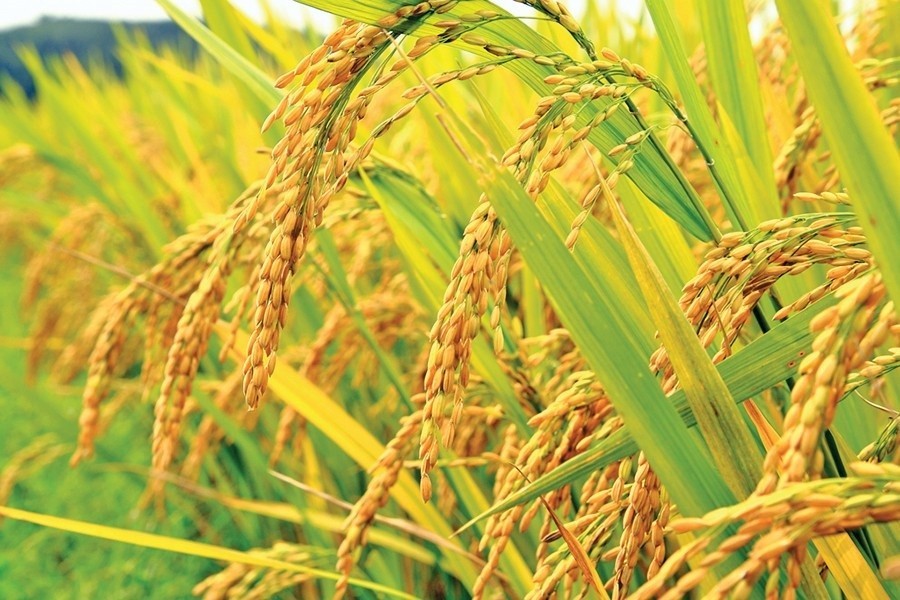The Financial Express last Wednesday front-paged an item on the inadequacy of agricultural mechanisation that is affecting the total yield. It must be engaging attention of the policymakers. While nearly over 95 per cent of the total ploughing in the country has now become mechanised, an almost opposite picture exists in the case of harvesting and packaging. True the traditional small plots hindered the growth and use of combine harvesters; modern technology however has contrived to overcome this with the manufacture of harvesters that suit the divided small plots with their raised boundaries. In the absence of harvesters, nearly two million labourers will be required during the upcoming Boro season, that caters to over 55 per cent of the total need for rice. This year the situation has been complicated by corona virus that has in many cases led to lockdowns. Against an overall need for nearly 50,000 migratory workers to reap the paddy fields, according to latest reports the government has organised the sending of 40,000 labourers to the haor and low-lying areas of the northeast of the country where flood waters threaten with an early arrival. Even with them, the chances of the pandemic now spreading across the country remain in no less a degree and do not diminish. And some experts have cautioned that it might become a seasonal feature.
Against this background, the need for total mechanisation of the harvesting end of the crop becomes more predominant. Agriculture specialists everywhere, from the ministry to the businessmen have expressed in one voice the need for introduction of mechanised harvesting. International firms have also come up with a solution for the fragmented plots of the Bangladesh scenario. Studies have found out that there is a significant degree of losses to the yield that happen in the traditional system. Combine harvesters have come on top of manual labour in harvesting by nearly a ratio of four to one in all aspects when a comparative study is done. Besides, if minimisation of losses is considered the country's overall production of crop will increase, thereby ensuring greater food security and safety. Having said everything, the harvester is preferred because it can harvest, thresh, and bag the produce in one go. There can be little logic behind a scenario where the starting point of agriculture is nearly fully mechanised, but the finishing part is still archaic.
Not only this year's issues are on the table. Things must be seen on a broader and wider scale. Hopefully, the government's allocation of Tk 2.0 billion would not be used at the starting point of the crop season only, but the harvesting part must be kept in mind. That this is in the policymakers' minds is proven by the provision of `180 harvesters and 137 rippers this year, as told by Mr Hasanuzzaman Kallol, an additional secretary at the Ministry of Agriculture. The official also has explained the steps that the government has taken to transport and accommodate the moving workers in haor areas. However, this is a unique case of a traditional system working side by side with an advanced way. Besides the figures of 180 harvesters and 137 rippers may appear inadequate. What is needed is complete automation at the harvest end. The money, as already mentioned, is there. What is needed is a combined effort by all concerned, administrators, experts, businesspeople and farmers' representatives, to facilitate the arrival of the latest harvester everywhere so that both ends of a crop season have some symmetrical look. Things must move fast.


